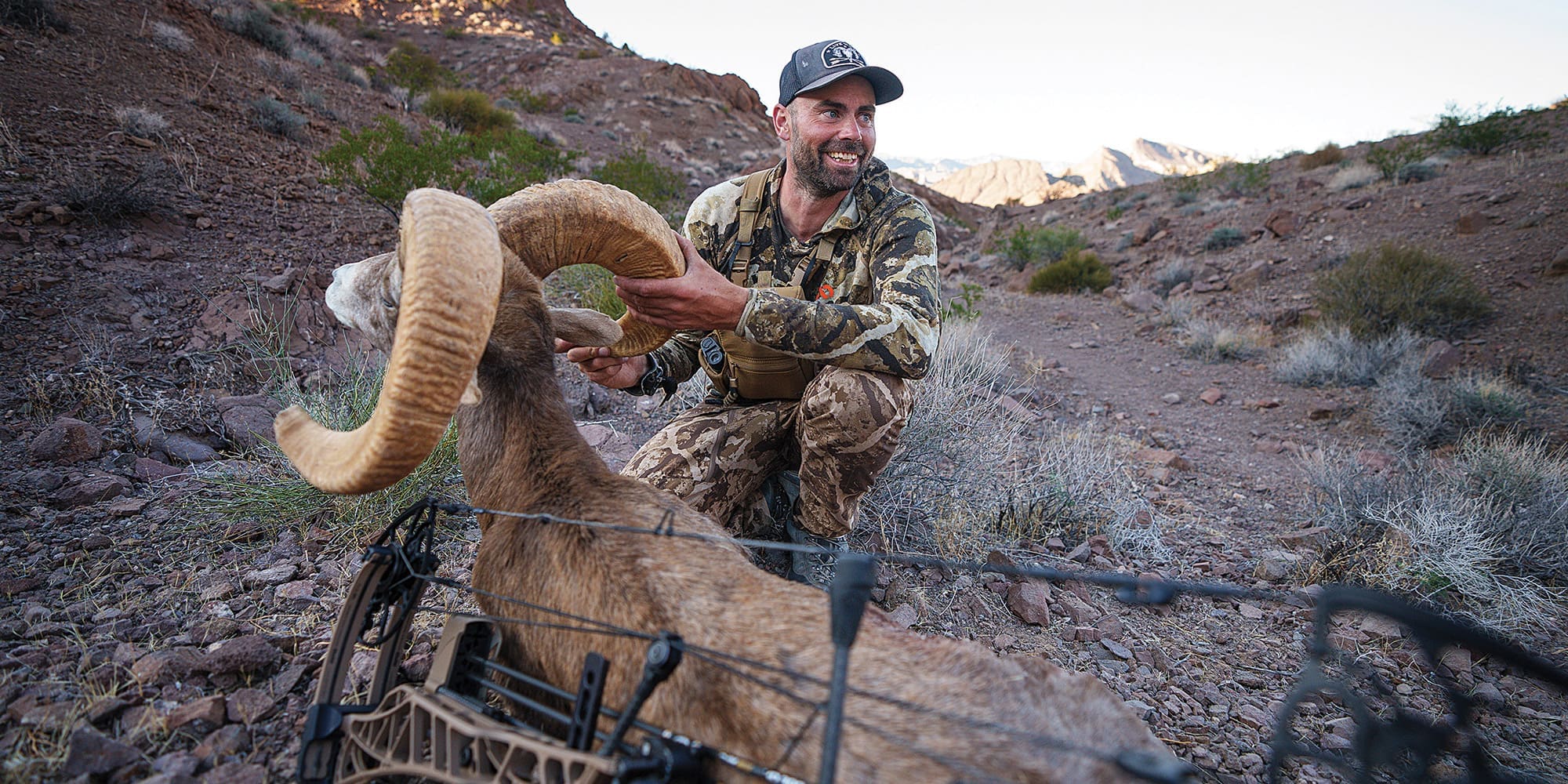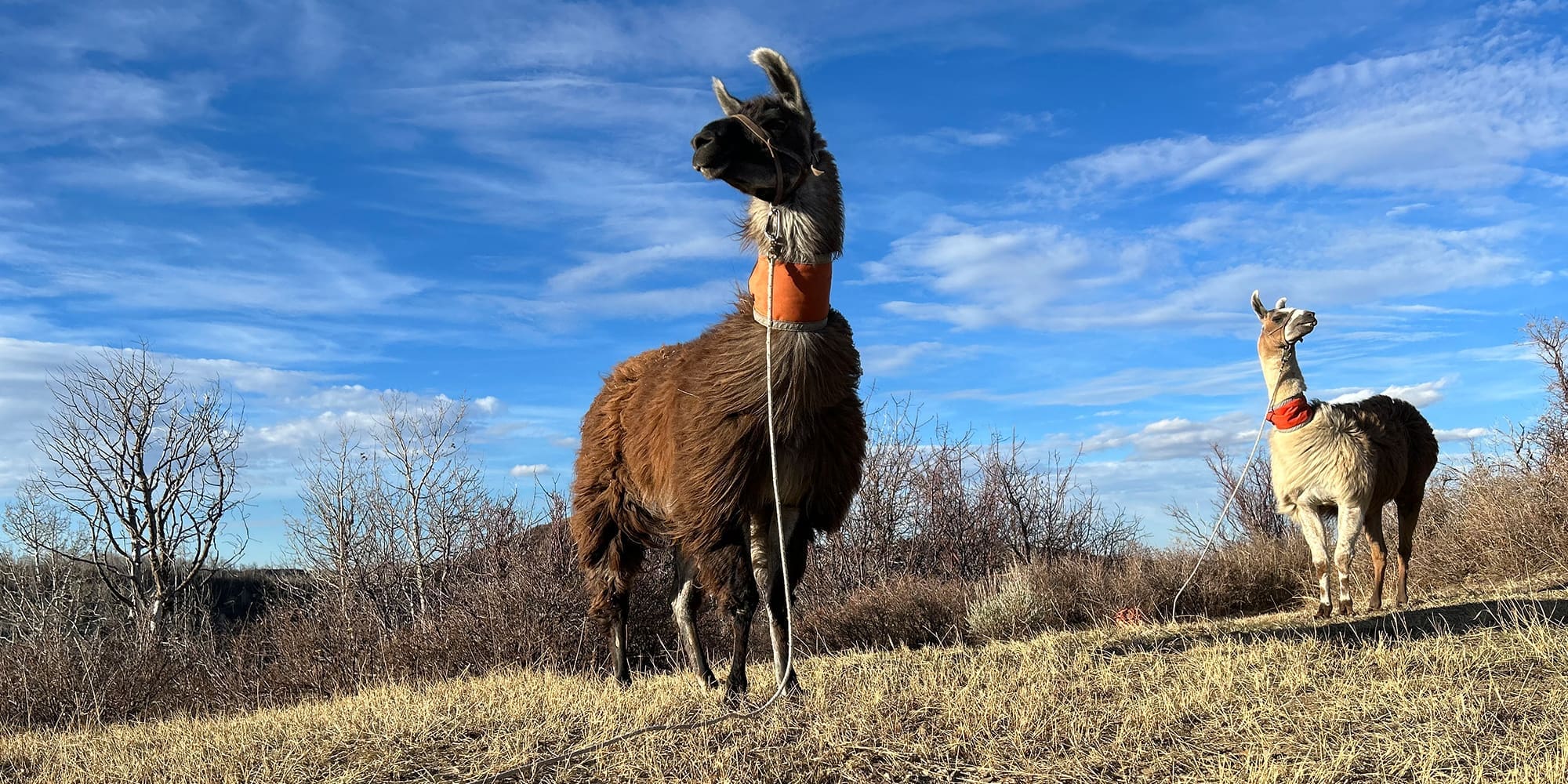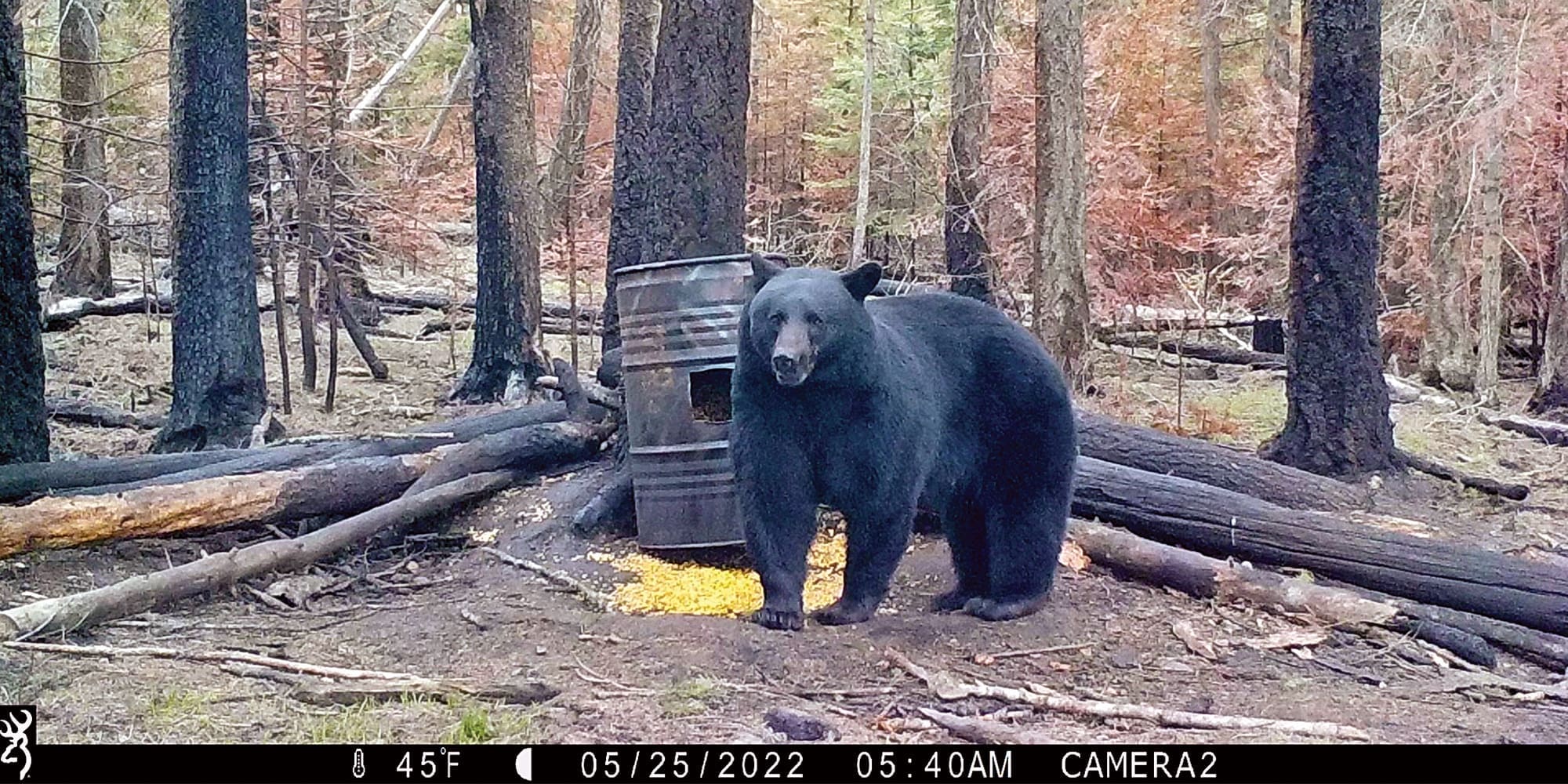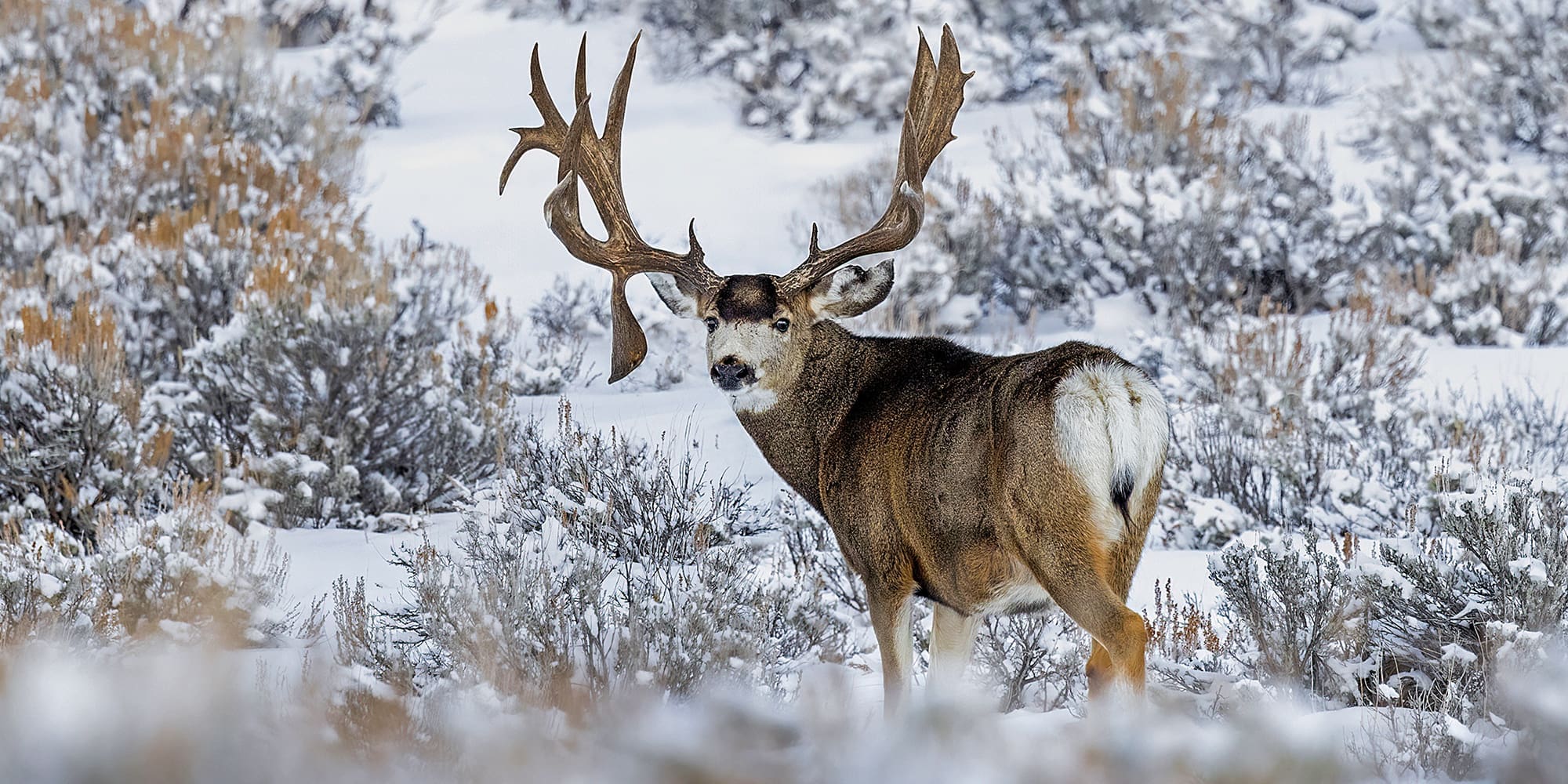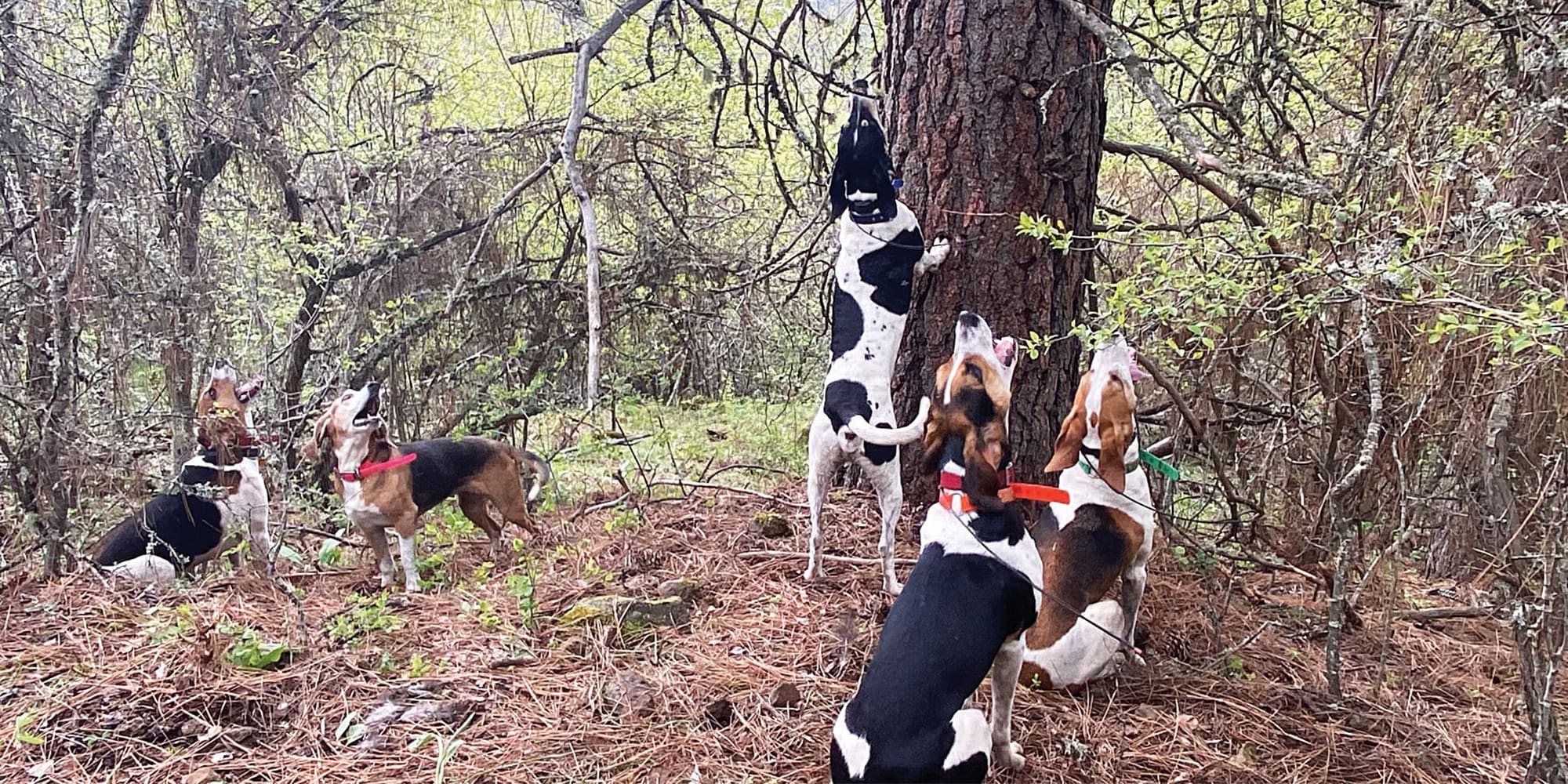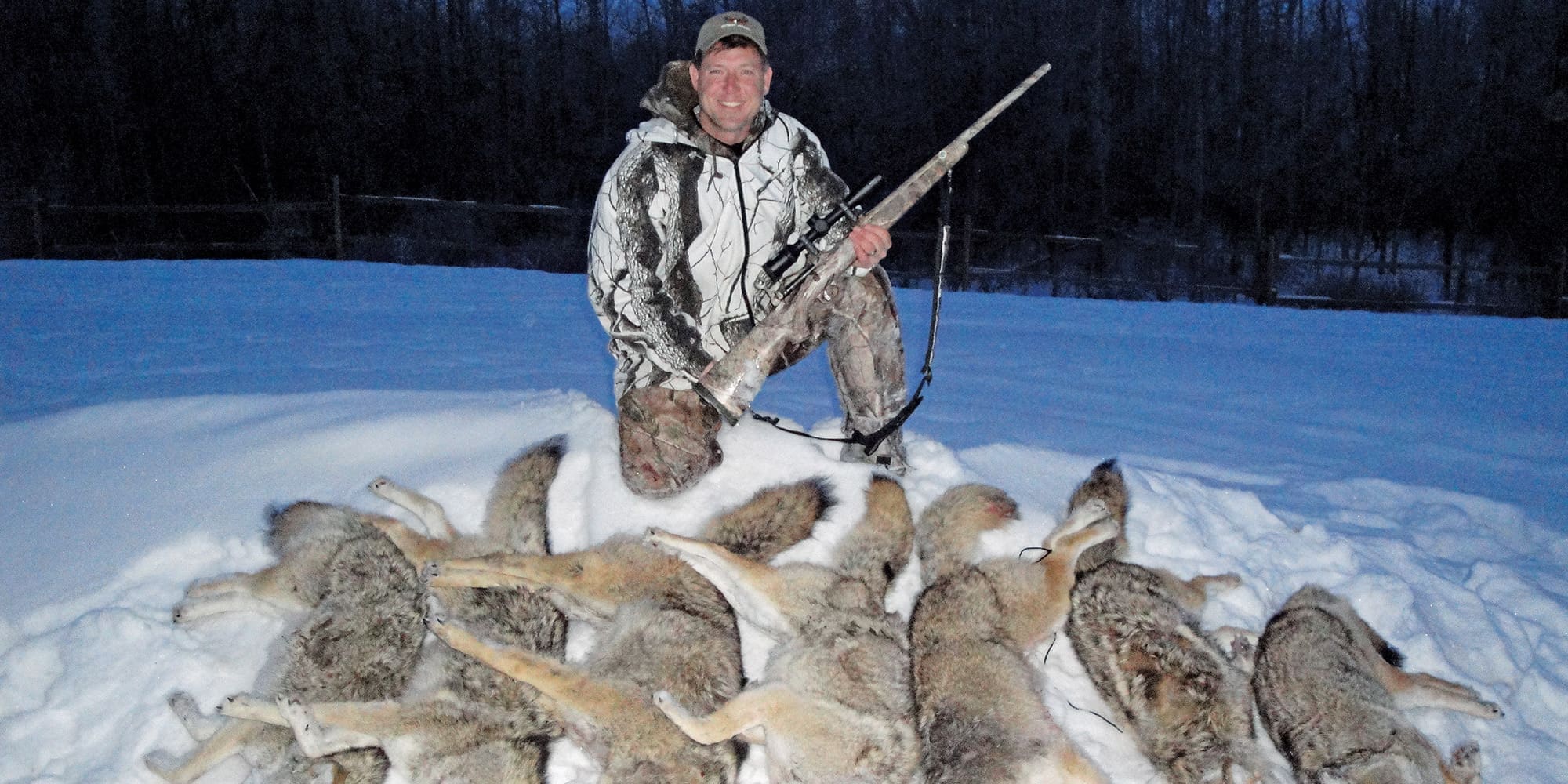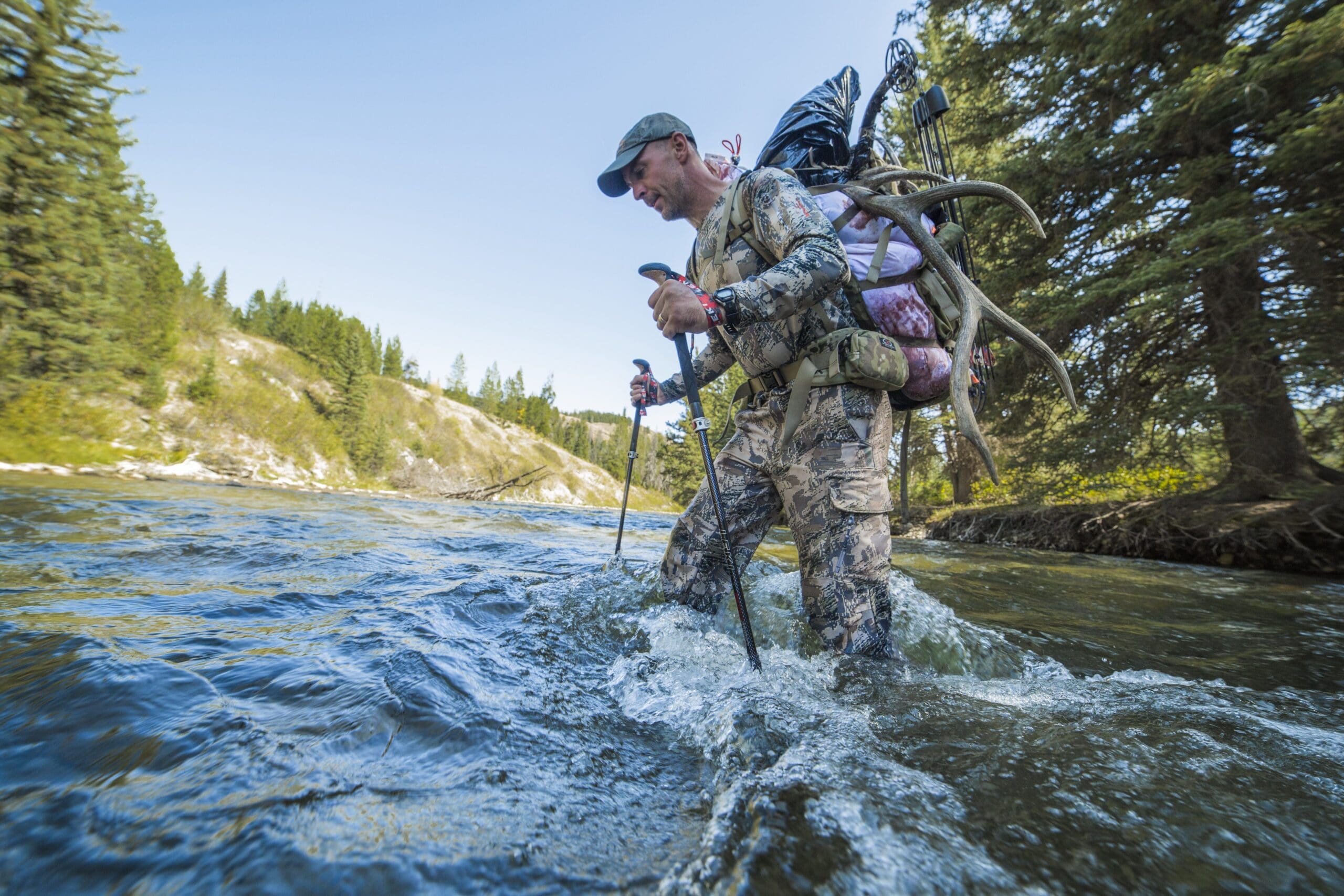
NOTICE: Certain links on this post may earn a commission for Western Hunter Magazine from Amazon or our other affiliate partners when you make a purchase. Thank you for your support.
#PROJECTSUCCESS
What is driving your success?
Success. It’s setting a goal, and then reaching that goal without compromise. Sure, there are many factors that can make an elk hunt a “success”, but at the end of the day, if you have an elk tag in your pocket and a weapon in your hand, you have a desire and intent to kill an elk. You have a goal to successfully fill your tag. So, why are so many elk hunters not reaching that goal? I’ll tell you why – because it’s tough!
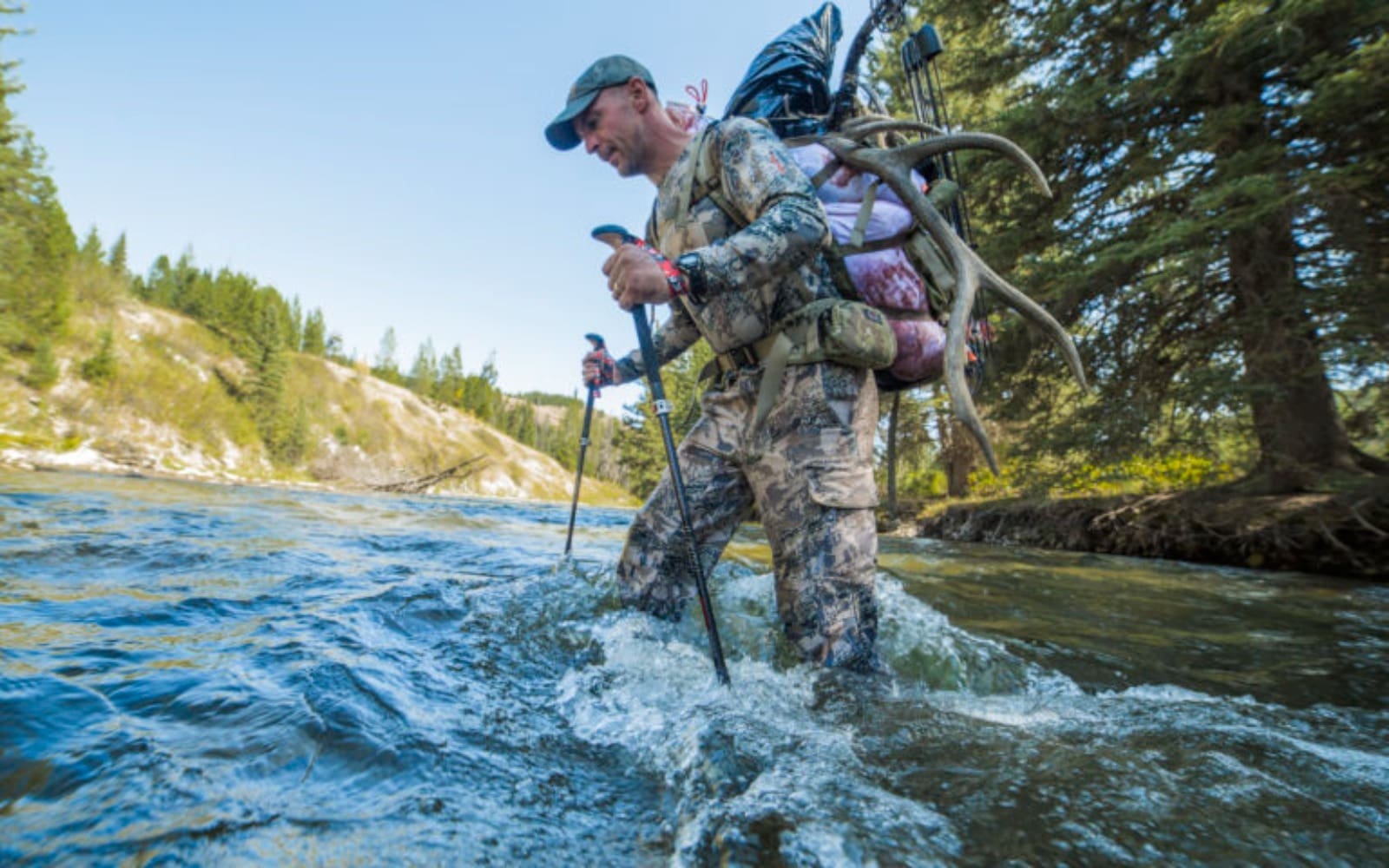
Success rates for public land, DIY elk hunters hover somewhere just above 10%. Approximately one out of eight elk hunters come home with an elk. Or, it means that the average elk hunter fills their tag once every eight years. I don’t know about you, but those odds don’t appeal to me. I want better than that, and I think you do as well.
Recently, I sent out a survey to elk hunters through a project I started on elk101.com that I’m calling #PROJECTSUCCESS. The purpose of #PROJECTSUCCESS is to increase elk hunting success for those who have a desire to become better, and the purpose of the survey was to analyze the differences between elk hunters based upon their differing levels of success.
The survey was broken into three groups: those who had never killed an elk; those who had killed a few elk; and those who killed an elk consistently (every year). I received nearly 10,000 responses through the survey, so there was a substantial sample size from a wide range of experiences. Additionally, the experience level of this group accounted for over 40,000 seasons of elk hunting experience and nearly 18,000 successful hunts. From this group, there were several interesting points that stood out to me.
Breakdown of Success Rates
First, I found an interesting trend that I had noticed over the last several years of conducting elk hunting seminars. At the beginning of each seminar, I ask for everyone who purchased an elk tag the previous season to stand. I do a quick count, and then I ask for everyone who did not fill their tag that season to sit down. This gives me a rough estimate of success rates for those in attendance. With very few exceptions, success rates in these groups has been between 33–50%! Similarly, the success rates for those who participated in the #PROJECTSUCCESS survey were just over 40%. Why are these success rates so high, while the overall average is down around 12%?
I have a theory. The seminars I do are typically in the winter, from December through March. The survey was conducted in January. I feel the reason the success rates from these study groups is 4X the average rate is because these hunters are absorbing every bit of elk hunting content and information they can find throughout the year. They have a desire to learn, and a desire to be better. And I have no doubts that they will get there.

Factors That Contribute to Success
Another interesting trend that came from the survey was the ranking of factors that contribute to success. I asked the consistently successful elk hunters to rank the top ten factors they felt helped them fill their elk tags each season. Then, I asked the group of occasionally successful hunters what they felt they needed to improve most upon to become consistently successful. There were two findings that stood out most to me.
First, consistently successful elk hunters felt that “elk hunting knowledge” played the biggest role in their consistent success, while those who were working toward being successful every season ranked it at #3. Secondly, both groups ranked “physical conditioning” all the way down at #6. Let me break these topics down into a little more detail.
Elk Hunting Knowledge
Elk hunting knowledge is a broad category that includes multiple factors. In a nutshell though, it’s understanding elk and elk habitat. It’s learning what elk need at different times of the year (and the day) and knowing where to find them. It’s recognizing what an elk is doing or saying, why they’re doing it, and then reacting immediately in a way that will capitalize on the situation, regardless of what that situation might be.
For the most part, it could be argued that elk hunting knowledge can only be gained by elk hunting experience. While I do agree somewhat with that, I also feel there are several things that can be learned outside of elk season and in addition to what is learned in the field.
For example, one of the biggest factors that I feel contributes most to elk hunting failure is the wind. And while it could be argued that the wind is out of your control and there’s nothing that can be done about it – it’s just bad luck – understanding how elk use the thermals to survive and then adapting your approach to using it to your advantage can be a huge factor in achieving success.
Elk use three primary senses to stay alive: sight, sound, and smell. Take away those senses and you could literally walk right up to an elk. So, as an elk hunter, it’s important to minimize the effects of those senses, particularly their sense of smell. However, every move an elk makes is centered around its desire to stay alive…and its nose. When and where they feed, when they head for bedding areas, when and where they bed – it’s all driven by the thermals and their sense of smell.
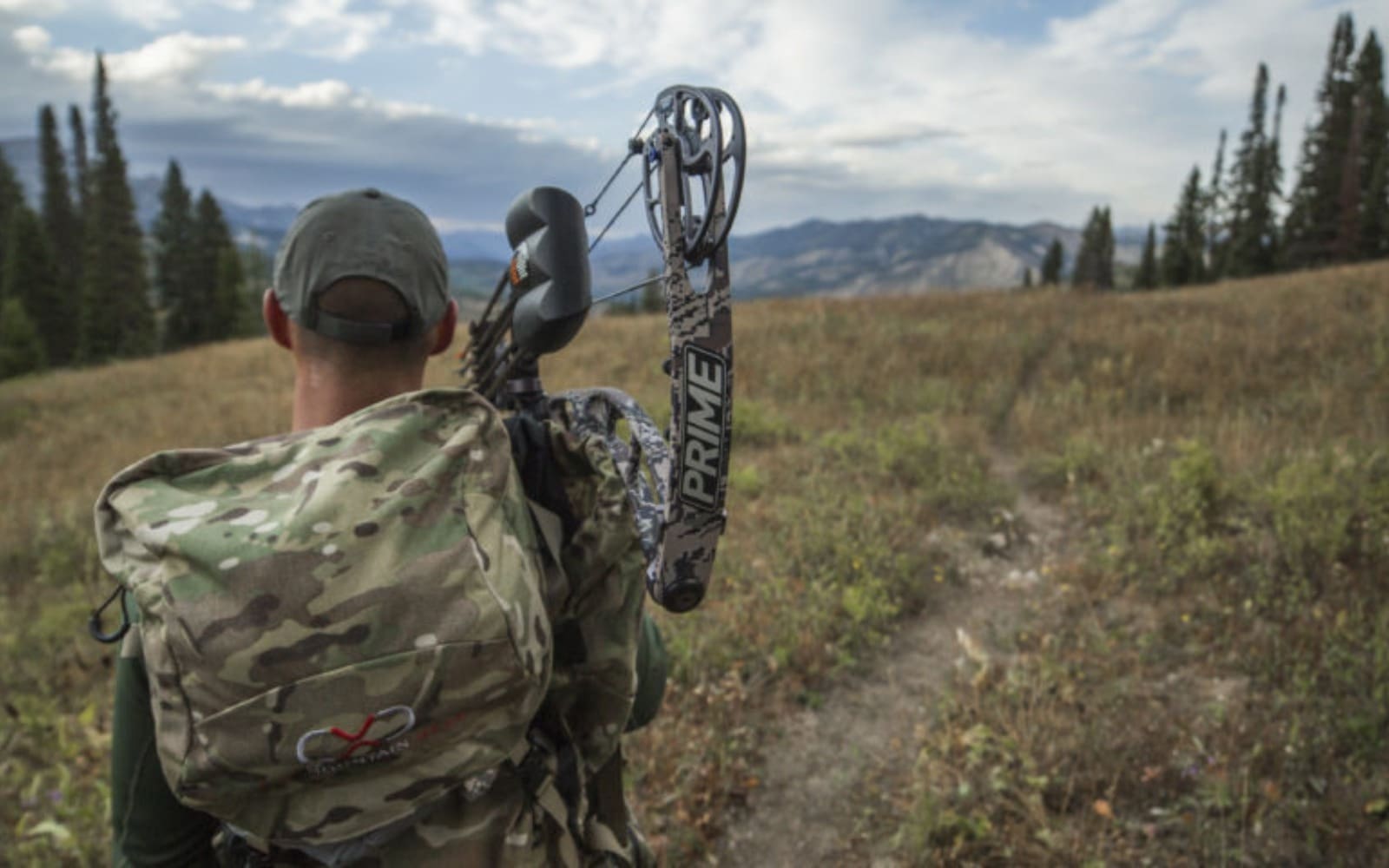
Understanding that you can’t approach an elk from above at first light because the thermals are coming down the mountain can prevent certain failure. Recognizing that the thermals will be changing as the sun warms the ground adjacent to the elk’s bedding area should alert you to the fact that you can’t simply slip all the way into his bedroom undetected, even if the wind is in your favor at that moment. Additionally, while it’s impossible to control a continually changing wind, it is possible to minimize its effects by knowing how weather and diurnal thermal transitions typically act.
Most thermals travel either up or down along a slope, depending on the temperature differences between the air and the ground. If the wind switches direction, it usually does so in the completely opposite direction. So, if you approach an elk from the same level (perpendicular to the thermals), you will eliminate much of the negative effect wind has and begin to use it to your advantage. Learning to take away the elk’s sense of smell through your knowledge of thermals and daily elk habits can be a huge game-changer in the swing from failure to success. And that’s just one area of elk hunting knowledge. There are several.
Physical Conditioning
The other trend I noticed in the survey results that really surprised me was the low ranking of “physical conditioning”. It was ranked #6 by both groups in the survey. Elk live in rough country, and in order to find them, hunt them, and hopefully pack them out, I feel it takes a certain level of physical conditioning. In no way am I saying you have to be a bodybuilder or a marathon runner to successfully hunt elk, but if you are, it won’t hurt!
Factors like “scouting”, “locating elk”, and “making the shot” ranked higher in the surveys than physical conditioning. Personally, I’m not sure I would have put them in that order. I do agree that elk hunting knowledge is a critical piece, and I’d probably give it the top spot on my list as well. But for my hunting style, I think physical conditioning should have probably been #2. At 40 years old and compared to many other elk hunters, I wouldn’t say I’m in “great” elk hunting shape, but I do recognize its role in my success.
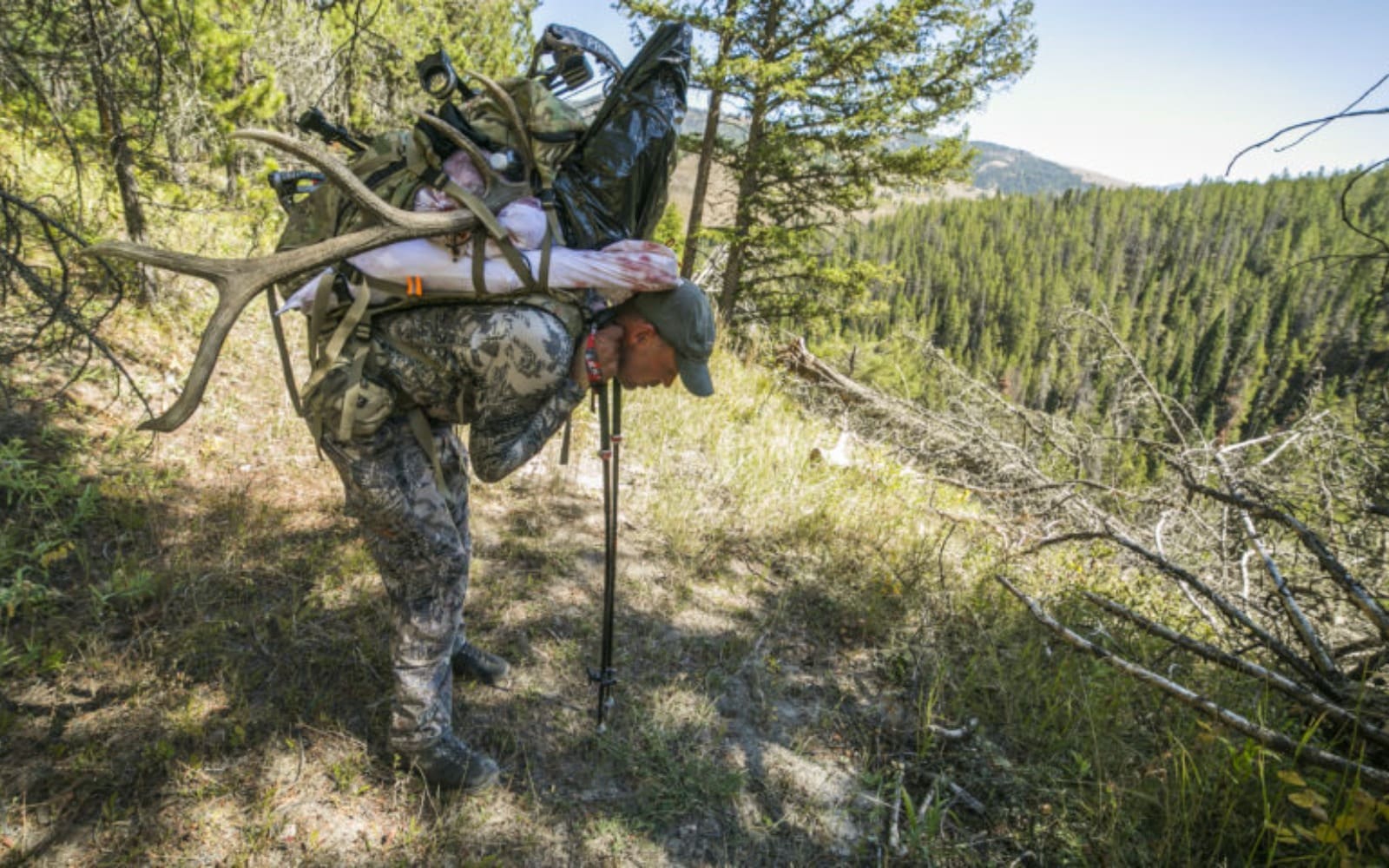
I think it’s important to recognize that I’m not saying you need to be in good shape compared to your hunting partner or your neighbor or anyone else. What I’m saying is that if you are in better shape in September than you are right now, then you will be a better elk hunter in September than you are right now. I don’t see any logical way that can be argued.
Additionally, I feel that any efforts you put into getting in better shape throughout the year will maximize the efforts you put into other areas. Scouting elk becomes more effective, locating elk during season becomes easier, and the chances of making the shot with your weapon can be increased by being in better shape. When it comes to elk hunting, focusing on getting into shape can translate to benefits in multiple other categories that will affect success.
My Top 3
It’s always difficult for me to rank what factors are most important for being a consistently successful elk hunter. I think these factors can change from year to year and from area to area. I also feel that personal circumstances and hunting styles can have an effect on these factors.
However, the areas I focus most of my efforts on when it comes to preparing for each elk season are these: Elk hunting knowledge, physical conditioning, and weapon proficiency. I feel that if you focus your efforts in these three areas, you can overcome many of the challenges you might be faced with from many of the other factors. However, neglecting these three factors will make it very difficult to be a consistently successful elk hunter.
With that being said, I think being well-rounded – and confident - in all areas is far better than being exceptional in just one. The more pieces of the elk hunting puzzle you’re able to put together, the higher your chances of success will be each season.
The good news is that you have the most important tool needed to be confident and consistently successful…you. Yep, you. If you’re willing to invest in yourself to become a better elk hunter, there’s nothing in the world that will keep you from becoming consistently successful.
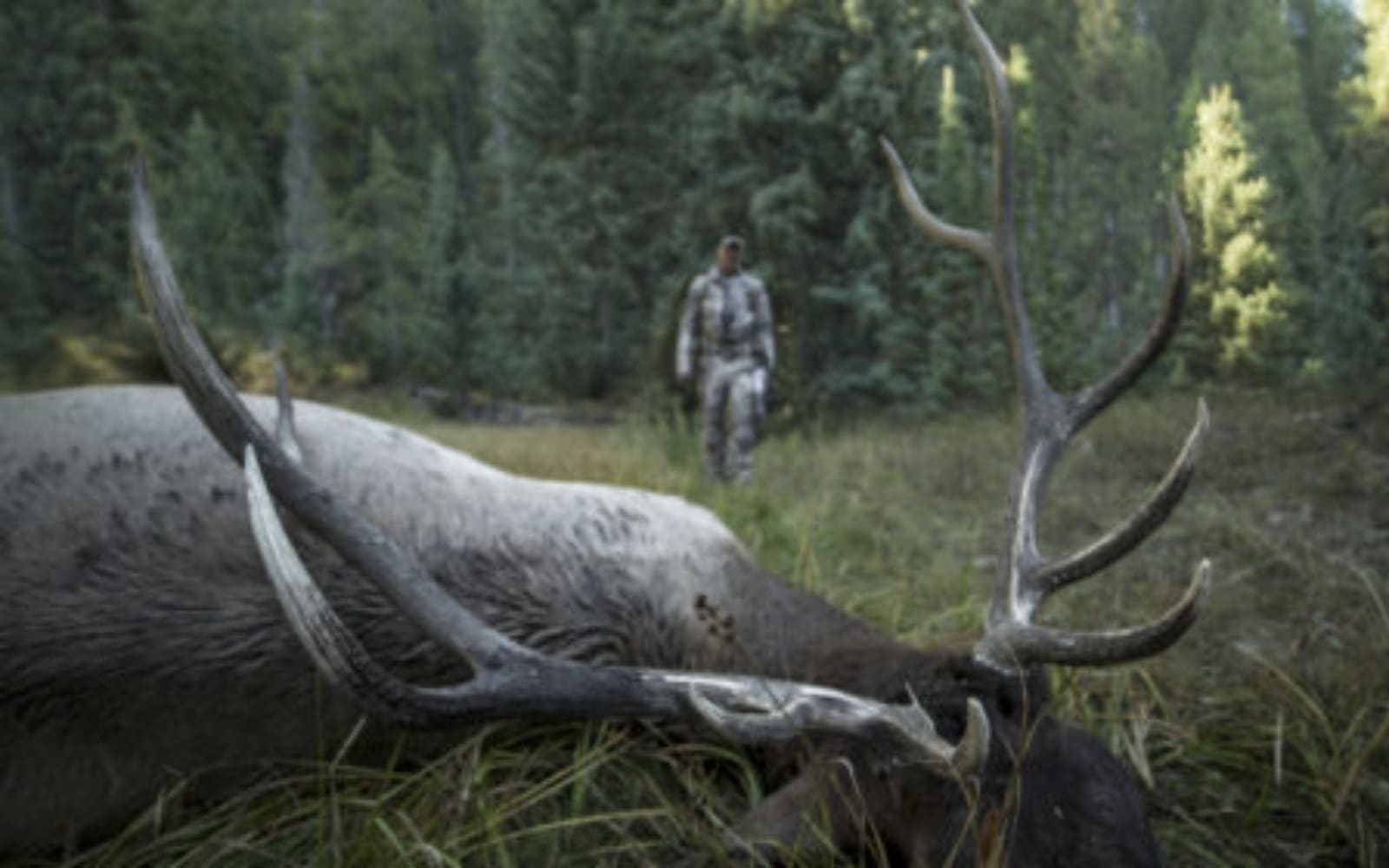
I’ll finish by asking you this question: What are you doing right now that is going to contribute to your success and make you a better elk hunter this fall? If the answer is nothing, get up and do something. I can’t give you the desire to be a better elk hunter; no one can. But I do know that if you have the desire and are willing to put in some hard work, you can be successful.
If you’re in need of motivation, instruction, or simply looking for an elk hunting fix, visit elk101.com and join us in #PROJECTSUCCESS.
Corey Jacobsen is a 9-Time World Elk Calling Champion, successful public land elk hunter, and one of the most respected names in elk calling and elk hunting instruction. He is the founder of elk101.com and co-founder of Extreme Elk Magazine, which merged with Elk Hunter Magazine in July 2015.



